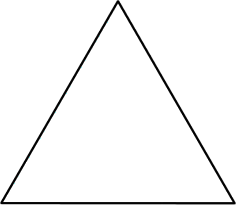05 JAN 2012 by ideonexus
 Evolution Does Not Drive Us Toward Intelligence
Evolution Does Not Drive Us Toward Intelligence
We fondly imagine that evolution drives toward higher intelligence. But eagles would think evolution favored flight, elephants would naturally prefer the importance of great strength. Sharks would feel that swimming was the ultimate desirable trait, and eminent Victorians would be quite convinced that evolution preferred Victorians. Anymore than it drives us to flight, swimming, strength, or Victorian culture. A quote from Gregory (Albert) Benford.
02 JAN 2012 by ideonexus
 Davy's Poem Seeking to Inspire Other Scientists
Davy's Poem Seeking to Inspire Other Scientists
He depicts himself watching in rapture the two adult grey-tailed eagles in the bright sunlight, followed by their young offspring. This moment is transformed into an image of Davy the man of science, hoping to inspire his young scientific protégés to ever greater discoveries.
The mighty birds still upward rose
In slow but constant and most steady flight.
The young ones following; and they would pause,
As if to teach them how to bear the light
And keep the solar glory full in sight.
So went...Evokes images of prometheus, but also of triumph.
16 DEC 2011 by ideonexus
 The Rhythms of Nature
The Rhythms of Nature
Nature vibrates with rhythms, climatic and diastrophic, those finding stratigraphic expression ranging in period from the rapid oscillation of surface waters, recorded in ripple-mark, to those long-deferred stirrings of the deep imprisoned titans which have divided earth history into periods and eras. The flight of time is measured by the weaving of composite rhythms- day and night, calm and storm, summer and winter, birth and death such as these are sensed in the brief life of man. But the c...We experience oscillations of all sorts in our lifetime, but the Universe has much larger waves hidden in geologic time.
16 SEP 2011 by ideonexus
 Birds to Reptiles
Birds to Reptiles
Because reptiles appear in the fossil record before birds, we can guess
that the common ancestor of birds and reptiles was an ancient reptile,
and would have looked like one. We now know that this common ancestor
was a dinosaur. Its overall appearance would give few clues that it was
indeed a “missing link”—that one lineage of descendants would later give
rise to all modern birds, and the other to more dinosaurs. Truly birdlike
traits, such as wings and a large breastbone for anchoring ...Folksonomies: evolution
Folksonomies: evolution
Birds and reptiles share many resemblances, meaning they have a common ancestor, which is dinosaurs.




